Yoko Ono has long been associated with The Beatles through her marriage to and creative collaboration with John Lennon. Even decades later, there are still people who believe she was solely responsible for breaking up the Fab Four. This theory completely ignores the group’s own interpersonal problems at the very least, but at its worst, it paints Ono in a negative light that she didn’t deserve.
Videos by American Songwriter
Lennon once called Ono “the world’s most famous unknown artist.” He added that “everyone knows her name but no one knows what she actually does,” according to a post from online gallery Arthive. This remains true to this day, despite Ono’s far-reaching and prolific influence.
Overall, she’s more known for being married to a Beatle than for her own artistic endeavors. These, as a whole, are varied and many. It could be argued that, for the uninitiated, her legacy has been boiled down to being John Lennon’s wife. However, Yoko Ono is far more influential in the music and art worlds than just that.
Yoko Ono Did Not Exist in a John Lennon Vacuum
Yoko Ono has always been avant-garde. Her entire art and music career has been about pushing boundaries of what’s ugly, unlistenable, and interpretive. She did this long before she met John Lennon, and she continued to do it after he died.
In the early 1960s, Ono worked her way into the international avant-garde art scene. She lived between New York, Tokyo, and London at the time, helping to initiate the Fluxus and Conceptual Art movements abroad.
Her early work at this time, particularly Cut Piece from 1964, seems to have been an influence on performance artist Marina Abramović. In the early 1970s, Abramović performed her Rhythm series. This notably included Rhythm 0, a six-hour-long performance where she stood still next to a table of props. She allowed an audience in and let people do whatever they wanted to her.
People stripped her, cut her, made her put a gun to her head, touched her, and more. When the six hours were up and she started to move toward them, the audience shrank away, ashamed. Cut Piece feels like that. Yoko Ono instructed the audience to cut pieces of clothing from her body. She was left in her underwear, sitting in the seiza position, which is used for formal settings. She was still and silent with her knees tucked under her body.
“It was a form of giving, giving and taking,” Ono explained, according to Arthive. “It was a kind of criticism against artists, who are always giving what they want to give. I wanted people to take whatever they wanted to, so it was very important to say you can cut wherever you want to.”
There’s Not Nearly Enough Space To Talk About Ono’s Influence
What it essentially comes down to is that Yoko Ono’s artistic contributions are often ridiculed or ignored. This comes in favor of The Beatles’ break-up narrative, where she was solely responsible for the band’s demise.
However, she should instead be celebrated for her work in conceptual art and music. Additionally, if you want to bring The Beatles into it, you should probably be thanking Yoko Ono. Without her influence, John Lennon may not have had the capacity to express his emotions through music and art the way he did.
Ono pushed Lennon beyond the realm of pop music. Learning through her avant-garde principles, Lennon was able to create multi-faceted and influential work that he might not have if The Beatles had stayed together. Instead of dismissing Ono’s work because she yells, squeals, and howls, maybe look into the meaning behind her compositions. If you embrace John Lennon, or Marina Abramović, or Björk, or anyone else avant-garde, you must first embrace Yoko Ono.
Photo by Charlie Ley/Mirrorpix/Getty Images

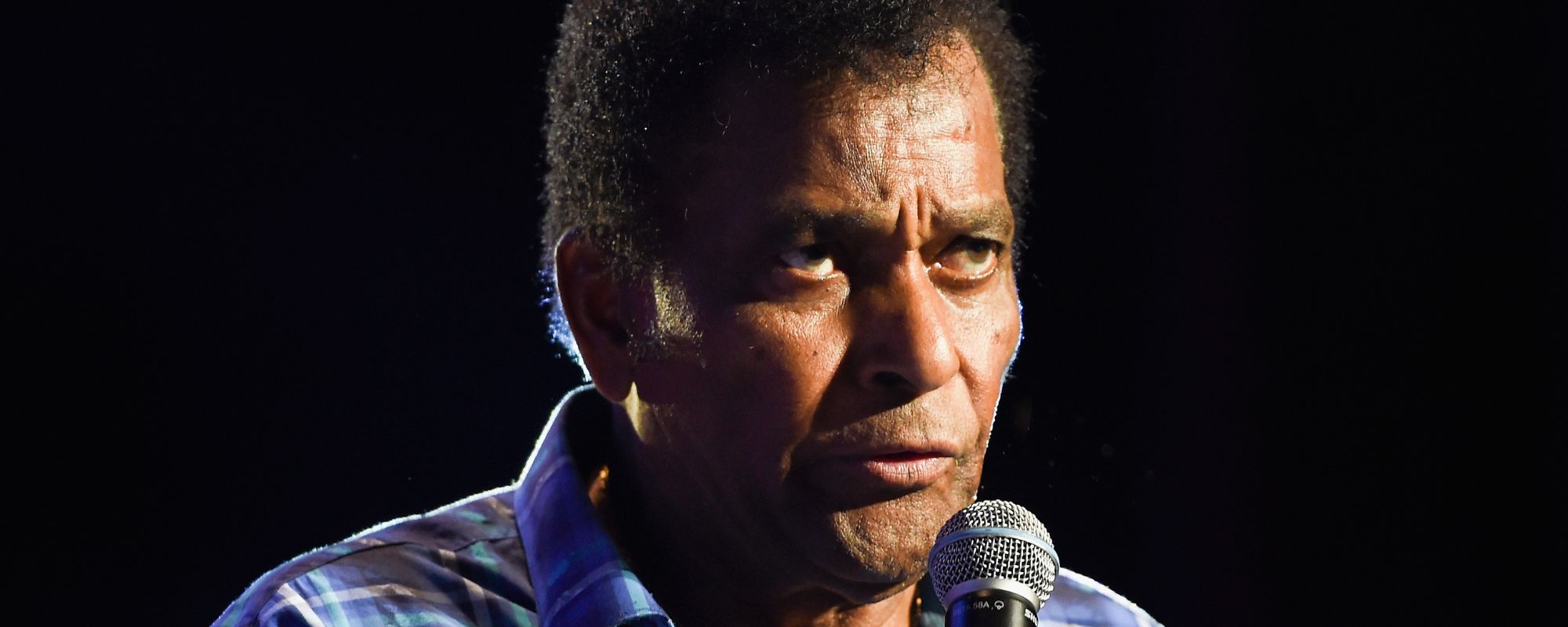


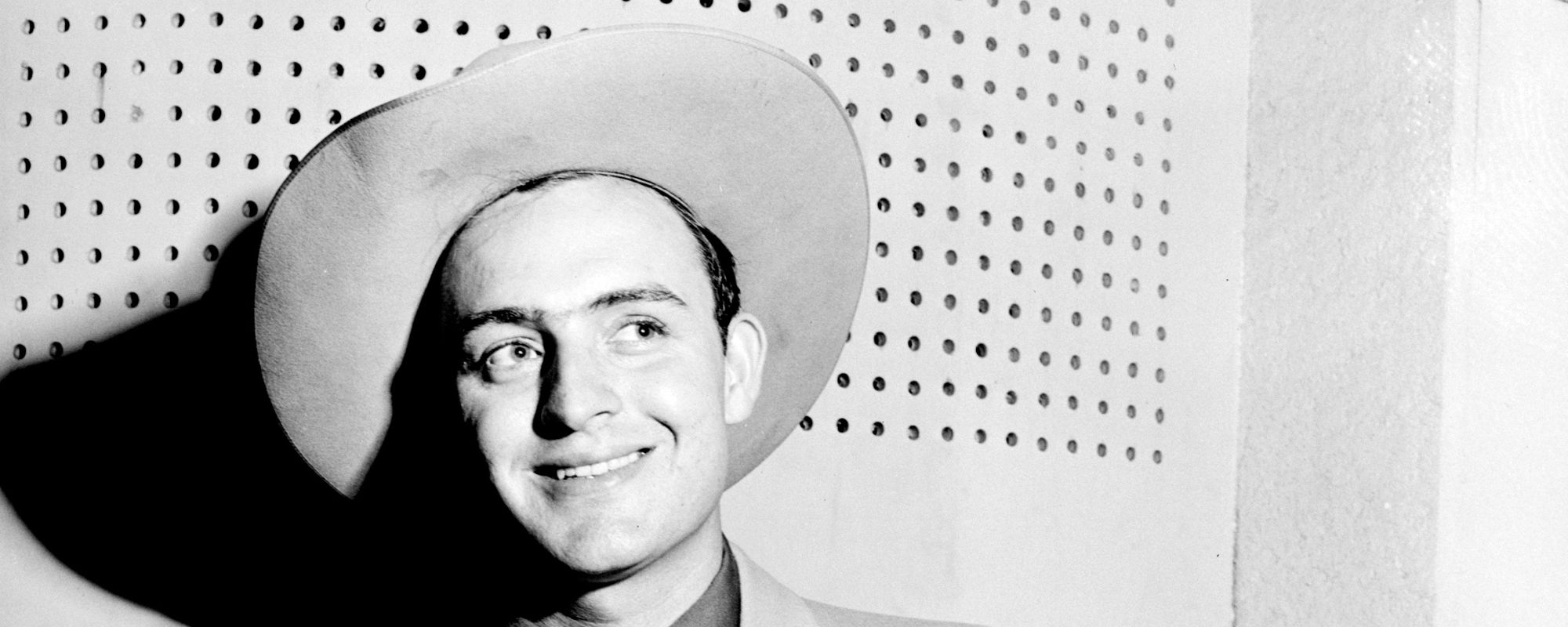

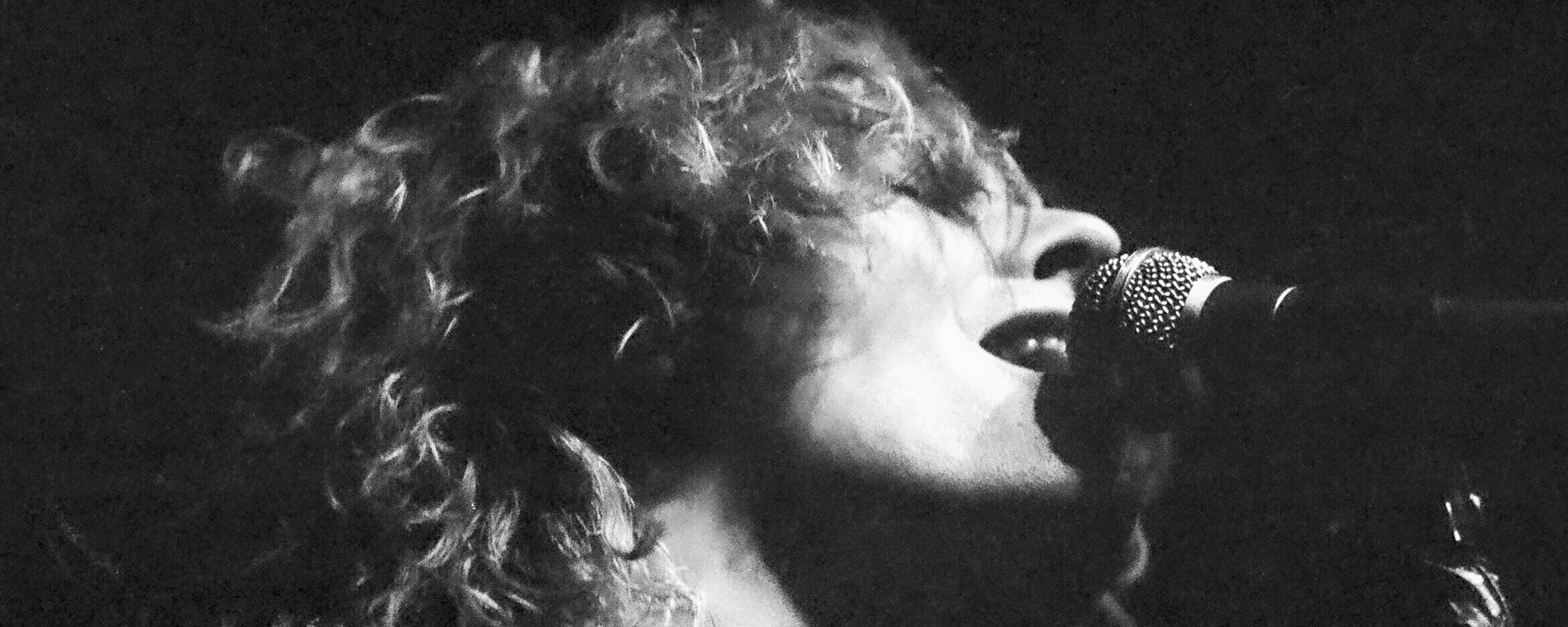
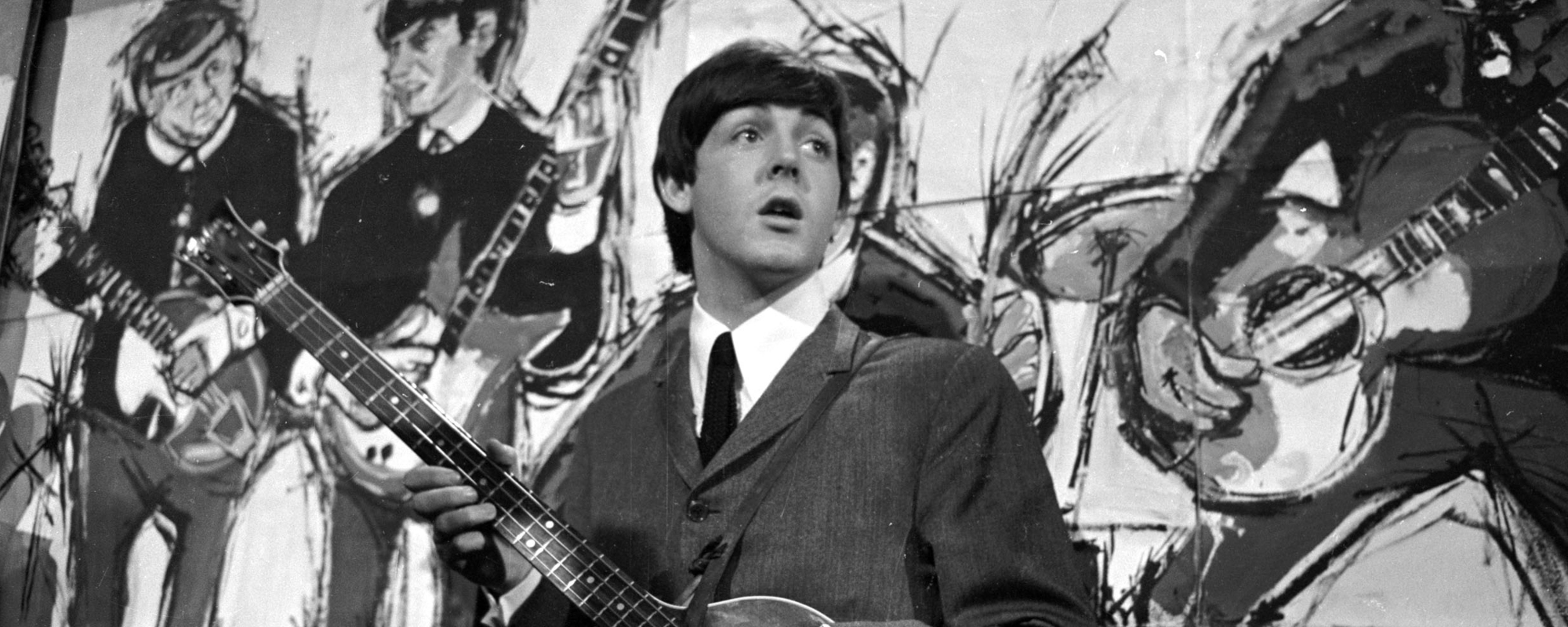

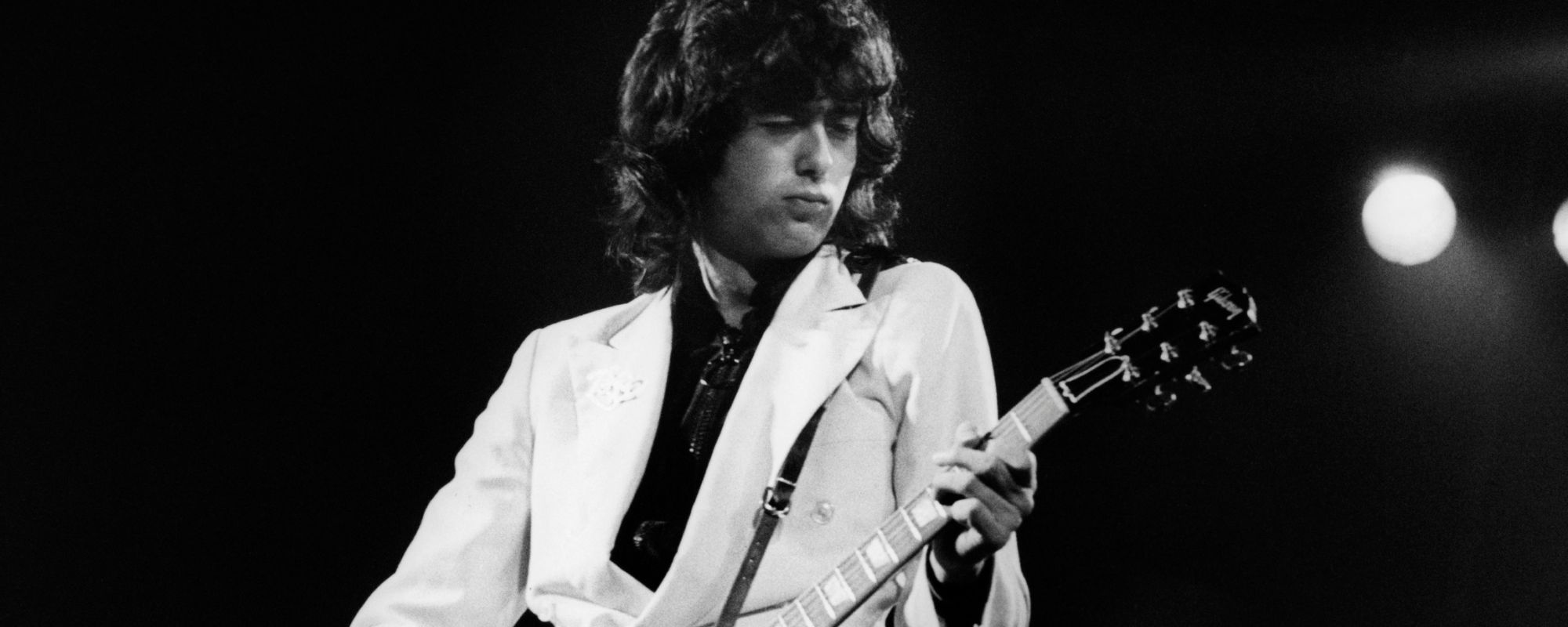

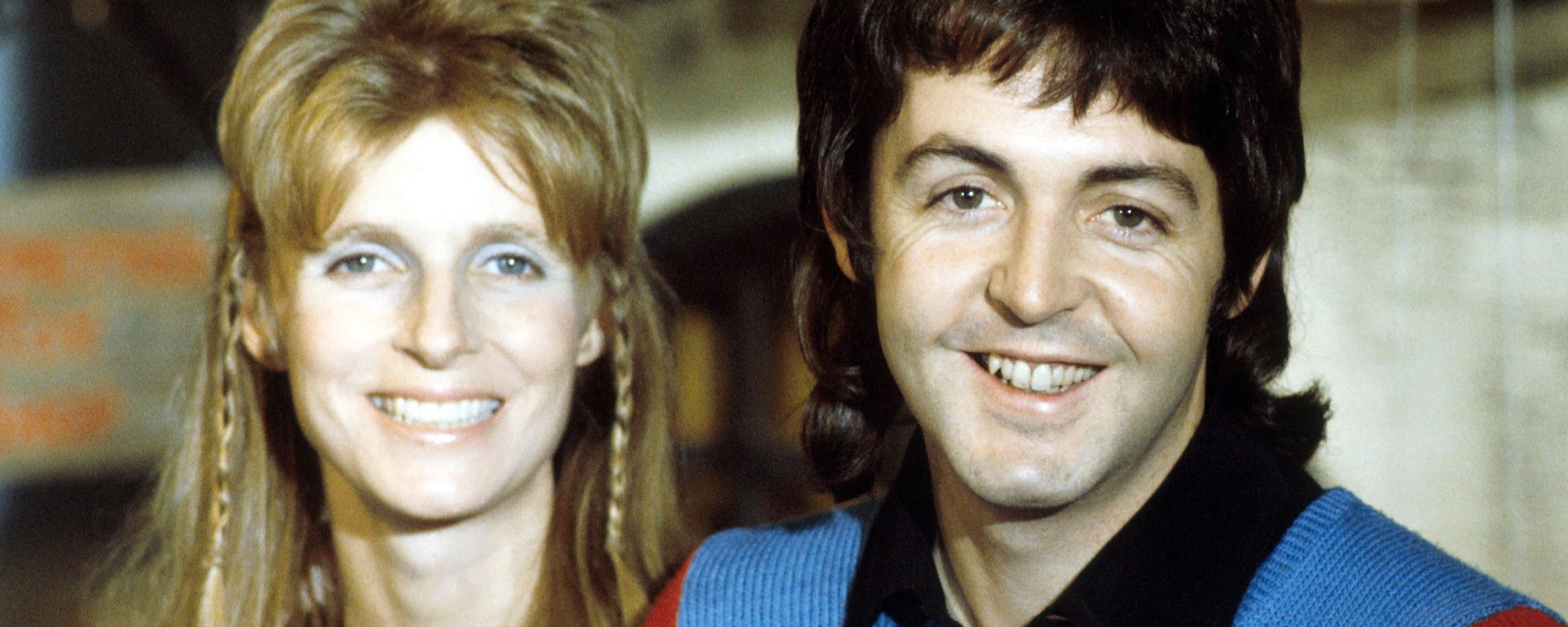

Leave a Reply
Only members can comment. Become a member. Already a member? Log in.